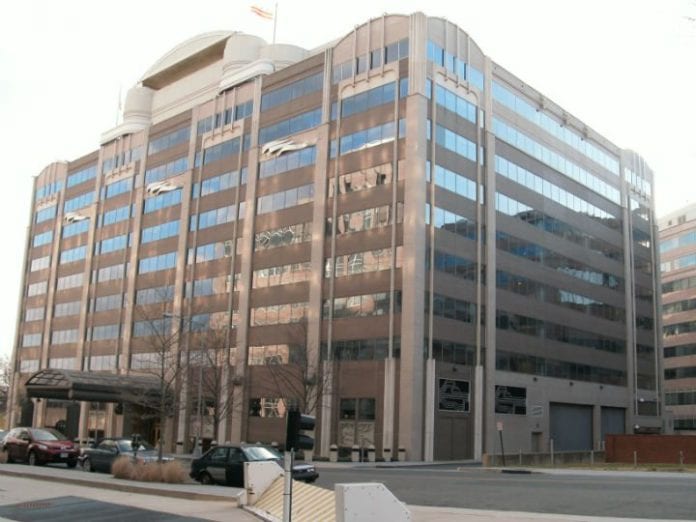Broadcasters are concerned unlicensed use of 6 GHz will interfere with ‘electronic news gathering’ equipment
- The FCC is considering a notice of proposed rulemaking that considers opening up the 6 GHz band for unlicensed use, including for Wi-Fi and cellular.
- The National Association of Broadcasters says unlicensed use could interfere with electronic news gathering, like links between field broadcast equipment and broadcast trucks.
- Companies including Apple, Facebook, Google, Intel and Qualcomm disagree with NAB’s research process that led to the broadcasting group’s concerns about interference
Beginning in late 2018, the U.S. Federal Communications Commission began soliciting input from industry stakeholders on opening up spectrum in the 6 GHz band, a 1200 megahertz swatch between 5.925 GHz and 7.125 GHz, for unlicensed use for both Wi-Fi and cellular systems. After significant feedback, a standout disagreement is around whether unlicensed use of the band will interfere with the electronic news gathering process–so-called “backpack journalists” with remote broadcast equipment feeding broadcast material to remote trucks and in-studio equipment.
The National Association for Broadcasters made a filing with the FCC in December, prompting a consortium of tech giant–Apple, Broadcom, Cisco, Facebook, Google, HPE, Intel, Microsoft, NXP and Qualcomm–to aggressively question the research basis that led NAB to its current position.
NAB hired engineering firm Alion to study the potential for interference as it relates to the following electronic news gathering use cases: “indoor camera to indoor receive; outdoor camera to news truck; outdoor news truck to central receive site.” NAB says the engineering firm ran 10,000 simulations per scenario–“Monte Carlo iterations” or “snapshots,”–and predicted interference could happen to a significant degree in all three scenarios.
The Feb. 28 response from Apple, Broadcom and the others is well worth a read. Off the top, the consortium said NAB’s methodology contains “major flaws,” specifically assumptions around device power levels higher than any proponents have requests, “included outdoor operations in bands where they have not been proposed, and assumed free-space propagation conditions across the board even in dense urban areas.”
The consortium says it’s working with NAB and Alion to get to the bottom of the assumptions and study methodology. “We still have not been able to obtain the information necessary to replicate NAB’s study. In fact, given what we have learned, we reiterate our previous objections to that study–its assumptions were so wildly inaccurate that the commission cannot rationally rely on it in evaluating risk of harmful interference.”
The group goes on to detail its own extensive research activities that disagree with NAB and Alion’s work. In conclusion they write, “As we have previously explained, the NAB report is badly flawed and cannot be relied on. This new analysis further confirms the significance of the errors in NAB’s report and demonstrates that, in fact, 6 GHz RLAN operations can coexist with broadcast operations without causing harmful interference. ”

